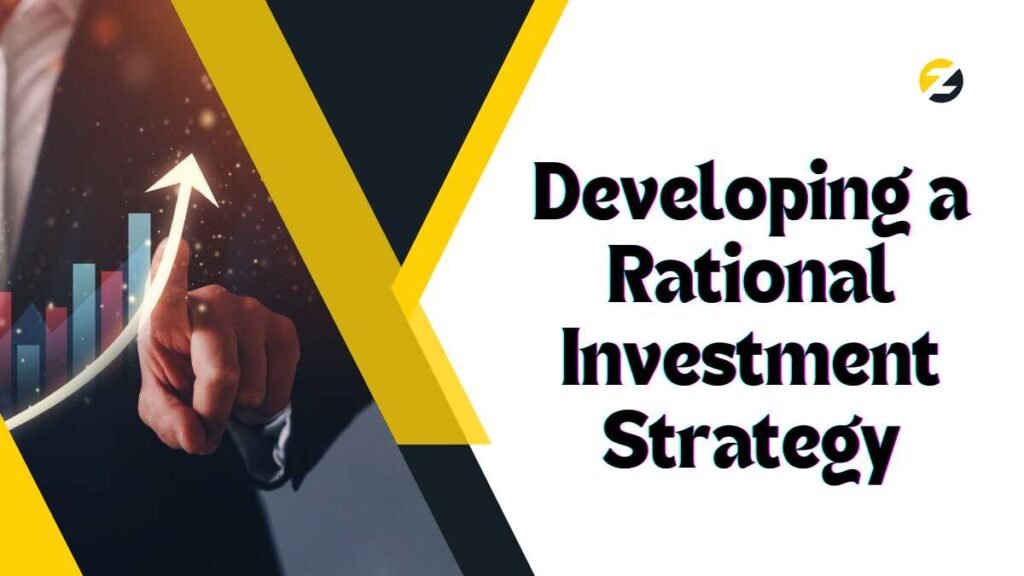
Stock market psychology is often seen as a realm of numbers, graphs, and percentages, but there’s another layer that goes beyond these concrete metrics: psychology. Understanding stock market psychology, or the mental and emotional factors that influence investors’ decisions, is crucial for anyone looking to make sense of market movements. Behavioral finance, investor sentiment, and the psychology of risk all play vital roles in how the stock market operates daily.
Introduction to Stock Market Psychology
When you look at a stock chart, it’s tempting to think the line moves purely based on numbers and facts. But that’s only part of the story. Every spike and dip is influenced by how investors think and feel, creating a feedback loop where emotions can drive trends and trends affect emotions. Stock market psychology is about understanding these hidden currents and learning to recognize how they impact individual choices and the broader market landscape.
Behavioral Finance
Behavioral finance is the study of how emotions and biases impact financial decisions. Unlike traditional financial theories, which assume that investors act rationally, behavioral finance acknowledges that humans are, well, human.
What is Behavioral Finance?
Behavioral finance looks at the reasons behind decisions that don’t always make financial sense. Investors, for instance, may hold on to losing stocks out of an emotional attachment, even if the numbers suggest it’s time to sell. This field helps explain irrational behaviors and highlights common psychological tendencies investors might fall prey to.
Key Principles of Behavioral Finance
The principles of behavioral finance are centered around understanding biases and emotions. Confirmation bias, for instance, can cause an investor to favor information that aligns with their views while ignoring contradictory data. Availability bias, on the other hand, means people often judge events’ probability based on how easily they can recall similar events.
Must Visit: Web Craze
Investor Sentiment

Investor sentiment is essentially the mood of the market at any given time. This mood is a powerful force that can drive prices up or down, often based on factors that have little to do with a company’s performance.
How Sentiment Influences Market Trends
When sentiment is high, investors are generally more optimistic and more likely to buy, pushing prices up. Conversely, low sentiment leads to sell-offs and price declines. For instance, in times of economic uncertainty, negative sentiment can drive markets down, even if the companies involved are performing well.
Understanding Positive and Negative Sentiment
Positive sentiment can boost a stock’s value beyond what fundamentals might suggest, while negative sentiment can cause a market downturn even in a strong economy. It’s crucial to recognize how investor sentiment might affect a particular stock or the entire market, as following these trends without understanding the sentiment can lead to decisions driven by emotions rather than facts.
Market Volatility in Shaping Investor Behavior
Volatility is a measure of how wildly stock prices swing. High volatility often creates fear, leading investors to make decisions out of impulse rather than strategy.
Why Volatility Affects Decision-Making
The unpredictable nature of a volatile market can make investors anxious, often causing them to sell when prices drop or buy when they’re rising—decisions that can be detrimental over the long term. This instinctive reaction to market volatility can derail even the most carefully planned investment strategies.
Volatility and Short-Term vs. Long-Term Investment
Short-term volatility shouldn’t necessarily impact long-term investors. However, it often does. Investors can get so caught up in day-to-day swings that they lose sight of their overall strategy. Recognizing volatility’s impact on psychology helps investors make more calculated decisions, especially when the market gets turbulent.
Herd Behavior
When investors see others buying a particular stock, they often feel compelled to do the same, even if there’s no strong basis for the decision.
The Psychology Behind Herding
Herding is often driven by the fear of missing out, or FOMO. Which can lead people to follow the crowd rather than make independent decisions. This tendency can create bubbles, where stocks or other assets become overpriced because everyone wants a piece of the action.
Examples of Herd Behavior in the Stock Market
Examples of herd behavior are common, from the dot-com bubble of the late 1990s to the meme stock frenzy of recent years. In these cases, investors rushed to buy stocks based on popular sentiment rather than solid analysis, leading to eventual crashes when prices could no longer be sustained.
Risk Perception
Risk perception is how investors gauge the danger or uncertainty involved in a particular investment. Interestingly, perception doesn’t always align with reality.
What Influences Risk Perception?
Risk perception can be influenced by recent experiences, media coverage, and even cultural attitudes toward money. An investor who recently lost money may overestimate the risks of another opportunity, while someone who’s had good luck may underestimate risks.
Overconfidence and Underestimation of Risk
Overconfidence is a common pitfall where investors believe they’re less susceptible to loss than others. This mindset can lead to risky investments and significant losses when things don’t go as planned.
Traps in Stock Market Investing
Many investors fall into psychological traps that can derail their strategies. Two common ones are FOMO and loss aversion.
Fear of Missing Out (FOMO)
FOMO can drive investors to buy stocks based on the fear of missing out on potential gains, even if the investment isn’t the best fit for their strategy. This impulse can lead to rash decisions and inflated prices.
Loss Aversion
Investors often hold onto declining stocks, hoping to avoid a realized loss, which can result in even greater losses over time.
Strategies to Psychological Biases in Investing
Understanding these psychological tendencies is only part of the solution. To truly improve their investment outcomes, investors need strategies to counteract biases.
Developing a Rational Investment Strategy

Creating a rational investment plan based on financial goals and risk tolerance can help investors avoid making decisions based on emotions. Sticking to a predetermined plan can provide a framework for managing emotions in volatile situations.
Setting Emotional Boundaries for Better Decisions
Setting boundaries—such as establishing maximum loss limits or taking breaks from market news—can help investors avoid becoming overly reactive to market fluctuations. Emotional boundaries allow investors to stay grounded, especially in moments of high stress or uncertainty.
Conclusion
Stock market psychology reveals just how much our minds can impact our financial decisions. By understanding behavioral finance, investor sentiment, and risk perception, investors can navigate the complex psychological forces at play in the market. Recognizing these influences allows investors to create more rational strategies, minimize emotional biases, and ultimately make better investment choices.
FAQs
What is stock market psychology?
Stock market psychology examines how emotions and cognitive biases influence investors’ decisions and the overall market.
How does herd behavior impact the stock market?
Herd behavior can cause bubbles or sharp declines as investors follow the crowd, often without analyzing the underlying value of assets.
What is behavioral finance?
Behavioral finance studies how psychological factors affect economic decisions, challenging the assumption of rational decision-making in traditional finance.
How does volatility affect investor behavior?
High volatility can increase anxiety, leading to impulsive decisions, which may undermine long-term strategies.
What are common psychological traps in stock market investing?
FOMO and loss aversion are two major traps that can cause investors to make irrational choices, such as chasing trends or holding onto losing stocks for too long.
Read More: 8-Month Ultrasound Tech Program




